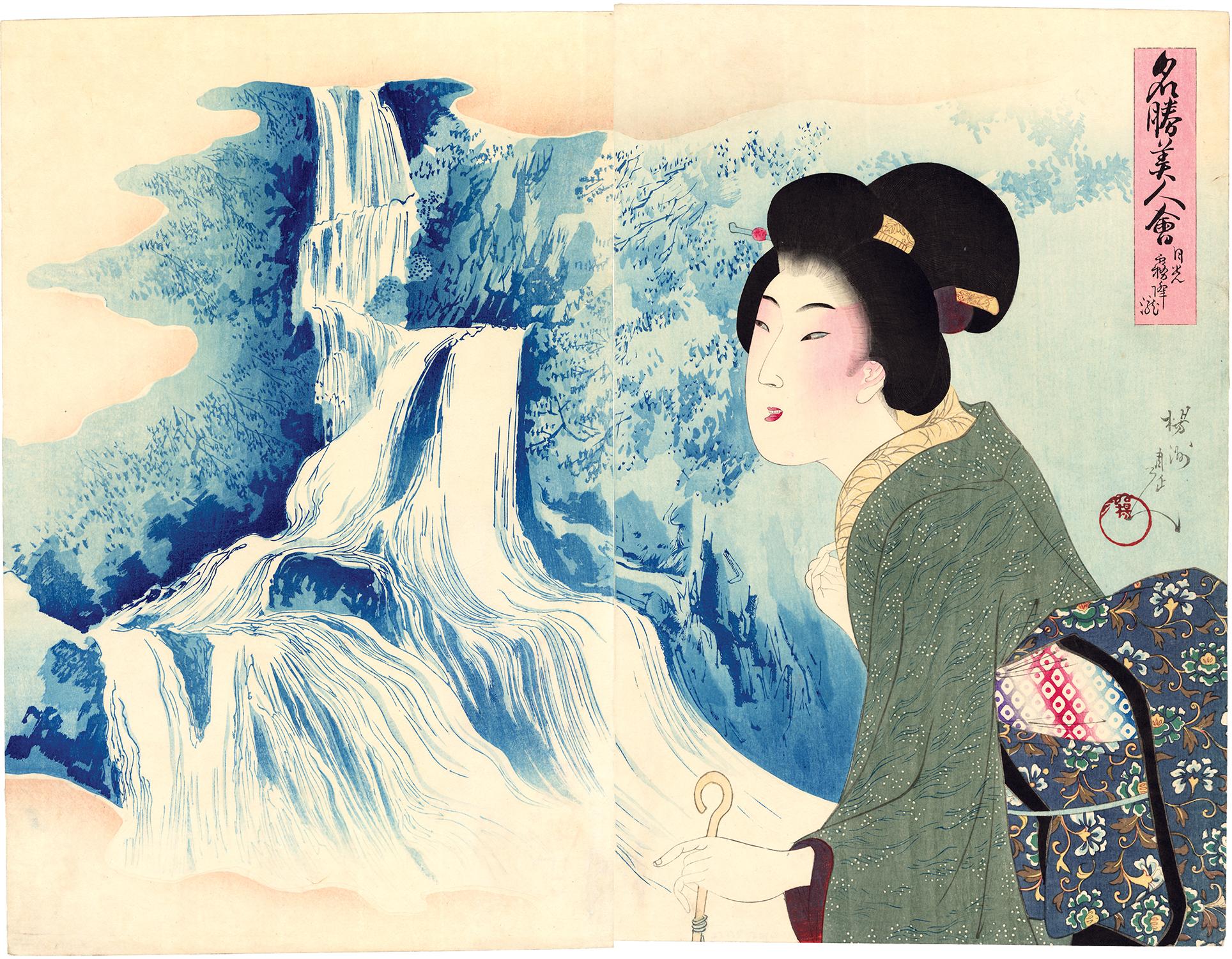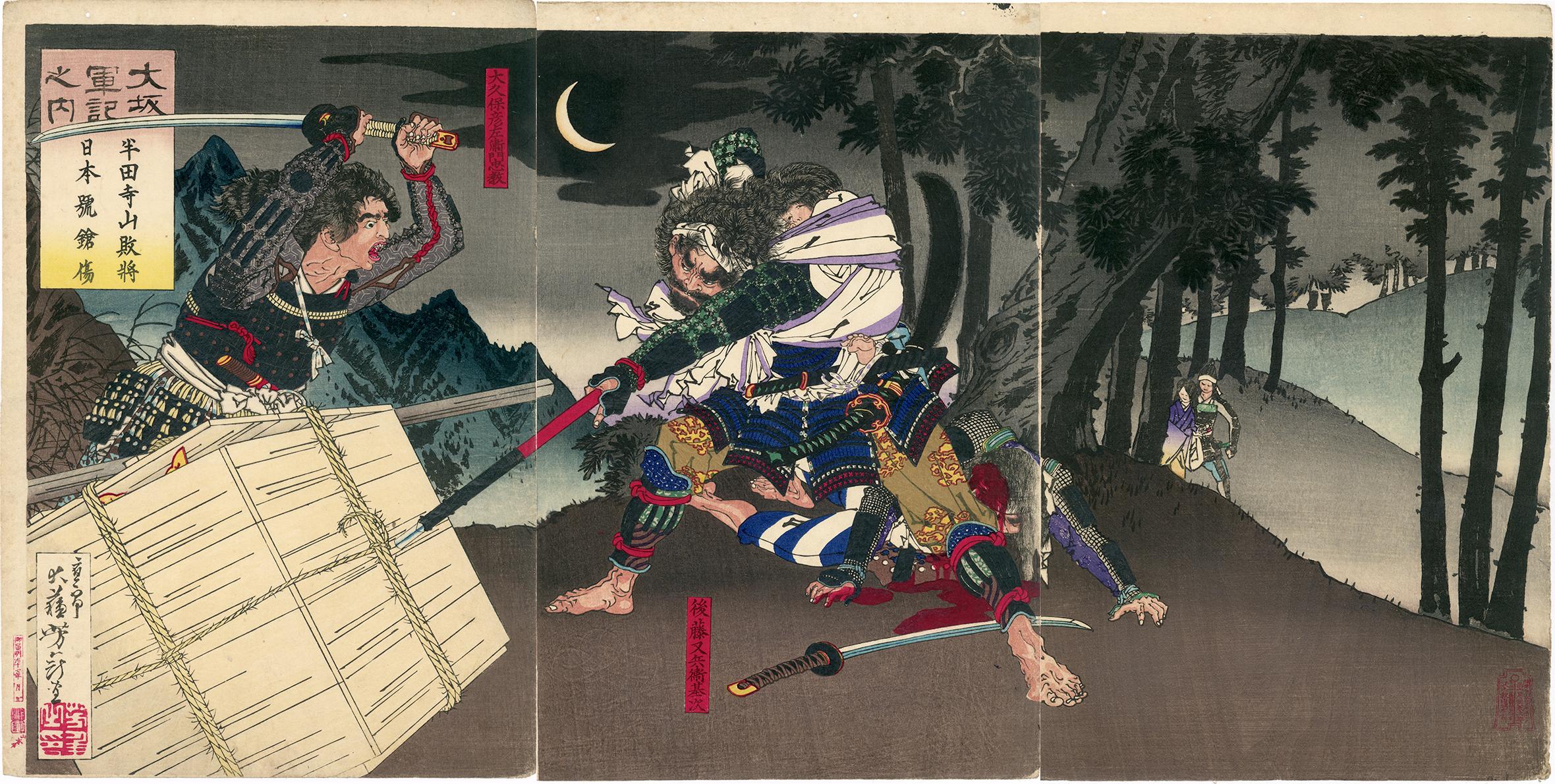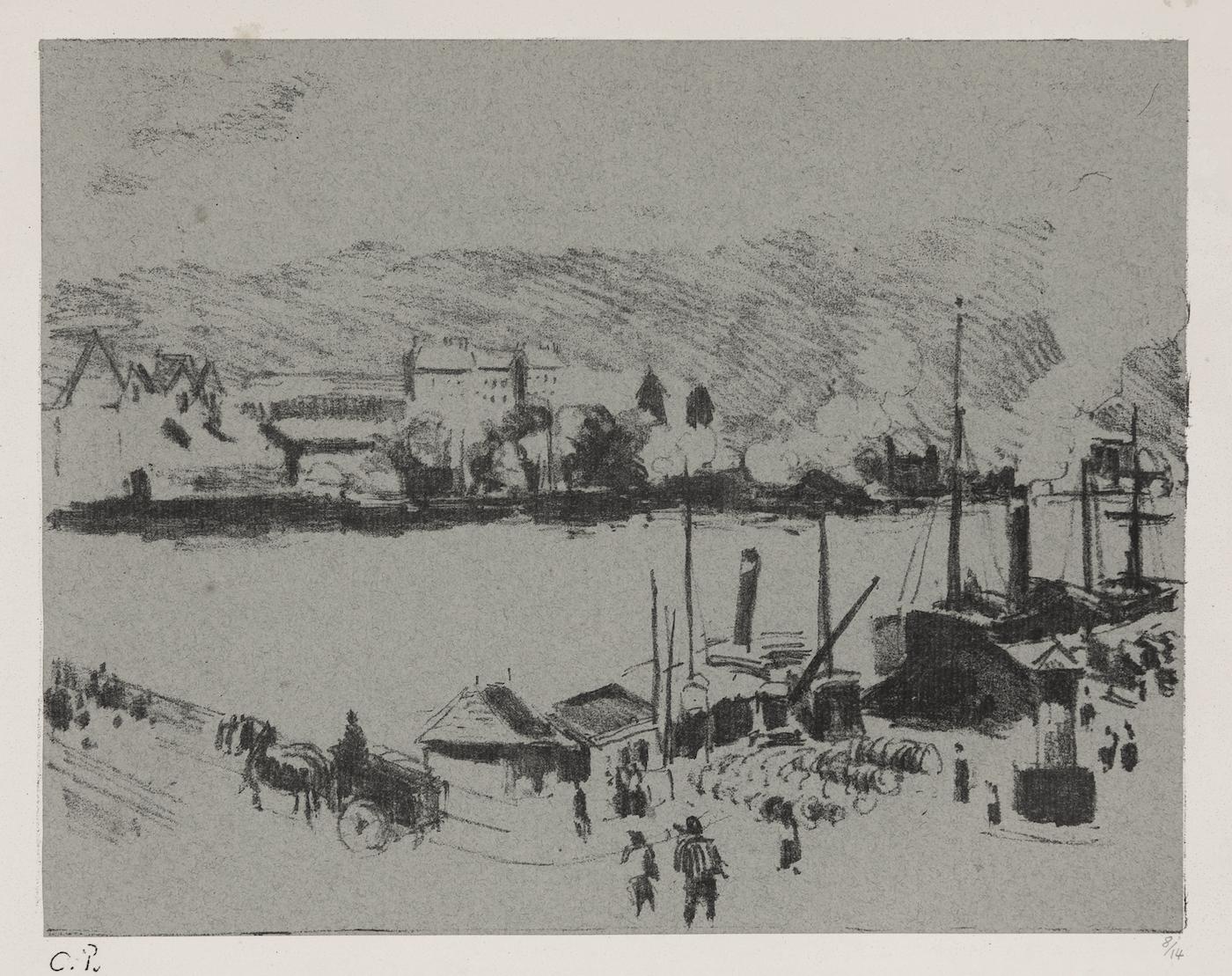Henri de Toulouse-LautrecToulouse Lautrec Original Lithograph Famous Political 1800s Collection Signed 1898
1898
About the Item
- Creator:Henri de Toulouse-Lautrec (1864 - 1901, French)
- Creation Year:1898
- Dimensions:Height: 14.75 in (37.47 cm)Width: 11 in (27.94 cm)
- Medium:
- Movement & Style:
- Period:
- Condition:
- Gallery Location:Milwaukee, WI
- Reference Number:
Henri de Toulouse-Lautrec
During his brief artistic career, Henri de Toulouse-Lautrec captured the lively and often sordid atmosphere of Montmartre’s late 19th-century dance halls, cabarets, and theaters. Recording the performances he viewed and the establishments he visited on a nightly basis, he functioned as artist and narrator: original Lautrec paintings, drawings, prints, and posters expose the complexities of the quickly changing age in which he lived.
Between 1890 and 1900, Paris saw tremendous growth in its nightlife scene, with nearly 300 café-concerts serving women and men who drank, smoked, and fraternized in ways previously unpermitted to them in public. In such prominent clubs as the Moulin Rouge and less reputable institutions like the Moulin de la Galette, aristocrats often rubbed shoulders with the working class. It was within these establishments that Lautrec found the subjects he would voraciously document over the next decade.
Lautrec chronicled his era largely through printmaking — something few other artists had attempted to do in this medium. From 1891 until his death in 1901, he produced nearly 350 lithographic posters, editioned portfolios, and illustrations for journals and theater programs recounting life in Belle Époque Paris. The rise of color lithography in 1891 ushered in a new form of printmaking, and Lautrec found great success in this medium. This process allowed him to print large posters in color.
Find original Henri de Toulouse-Lautrec posters and prints for sale on 1stDibs.
(Biography provided by Allinson Gallery, Inc.)
- ShippingRetrieving quote...Ships From: Milwaukee, WI
- Return PolicyThis item cannot be returned.
- Contemporary color lithograph landscape trees outdoor forest park scene signedBy Harold AltmanLocated in Milwaukee, WI"Parc Montsouris" is an original color lithograph by Harold Altman. The artist signed the piece in the lower right, titled it lower center, and wrote the edition number (28/285) in t...Category
1990s Pointillist Landscape Prints
MaterialsLithograph
- "When Day is Done, " an Original Etching signed by John Edward CostiganBy John Edward CostiganLocated in Milwaukee, WI"When Day is Done" is an original etching and aquatint signed lower right in pencil by the artist John Edward Costigan. It depicts a man and a woman with their young child at the end...Category
1930s Post-Impressionist Figurative Prints
MaterialsAquatint, Etching
- "San Salvador: Station d'Hiver des Arthritiques" Original Color LithographBy Ernest-Louis LessieuxLocated in Milwaukee, WI"San Salvador (Mediterranean)" is an original color lithograph poster by Ernest Louis Lessieux. It depicts a woman and her son on the picturesque coast of...Category
Late 19th Century Landscape Prints
MaterialsColor, Lithograph
- "Seba after Hiroshige" from "Japanese Suite" original lithograph signed pop artBy Michael KniginLocated in Milwaukee, WI"Seba after Hiroshige" is an original color lithograph from the Japanese Suite by Michael Knigin. The artist signed the piece lower right and titled it...Category
1970s Pop Art Landscape Prints
MaterialsLithograph
- 'Lieutenant Crovers Despatch – Return of Governor Stevens to Fort Benton'By John Mix StanleyLocated in Milwaukee, WIIn the mid-nineteenth century, the United States government set out to survey and document its newly acquired lands and territories west of the Mississippi. The goals of these surveys were manifold: to produce topographical maps, to document flora and fauna, and to document natural resources to build the emerging US economy. These surveys, and the images from them, also functioned to build the new sense of American identity with the landscape, condensing vistas into the 'picturesque' tradition of European image making. Thus, the entire span of US territory could be seen as a single, cohesive whole. This lithograph comes from one of six surveys commissioned by the Army's Topographic Bureau in 1853, which sought to find the best route to construct a transcontinental railroad. The result was a thirteen-volume report including maps, lithographs, and technical data entitled 'Explorations and Surveys to ascertain the most practicable and economical route for a Railroad from the Mississippi river to the Pacific Ocean.' In particular, the print comes from the northern survey, commanded by Isaac Stevens, which explored the regions between the 47th and 49th parallels. 5.75 x 8.75 inches, image 6.5 x 9.25 inches, stone 17 x 20 inches, frame Artist 'Stanley Del.' lower left Entitled 'Lieutenant Crovers Despatch – Return of Governor Stevens to Fort Benton' lower center margin Publisher 'Sarony, Major & Knapp. Lith.s 449 Broadway N.Y.' lower right Inscribed 'U.S.P.R.R. EXP. & SURVEYS — 47th & 49th PARALLELS' upper left Inscribed 'GENERAL REPORT — PLATE XXXVII' upper right Framed to conservation standards using 100 percent rag matting with French accents; glazed with UV5 Plexiglas to inhibit fading; housed in a gold reverse ogee moulding. Print in overall good condition; some localized foxing and discoloration; minor surface abrasions to frame. John Mix Stanley...Category
1850s Romantic Landscape Prints
MaterialsLithograph
- 'Partridge Shooting' original hand-colored lithograph by Nathaniel CurrierBy Nathaniel CurrierLocated in Milwaukee, WIThe present hand-colored lithograph presents the viewer with a hunting scene in a picturesque landscape. In the foreground, a man approaches two partridges as his two pointers prepare to flush them out. Beyond, a white fence draws our eyes to the homestead in the distance. Images like this one show how people in the United States were trying to identify themselves as a new nation in the North American landscape - as separate from their European counterparts but with similar similar and specific wildlife and magesties of nature. It also identifies hunting in this landscape as an American pastime. 9.25 x 12.5 inches, artwork 18.38 x 22 inches, frame Entitled bottom center "Partridge Shooting...Category
Mid-19th Century Romantic Figurative Prints
MaterialsLithograph, Watercolor
- Beauties on the Beach with view of Mount FujiBy Yoshu ChikanobuLocated in Burbank, CAShichirigahama, Sagami Province. A beauty in the foreground waves to her young companions, who run towards her on the beach. The beauty at left wears a western-style golden ring. We ...Category
1890s Edo Landscape Prints
MaterialsMulberry Paper, Handmade Paper, Woodcut
- Japanese Beauty Admiring Kirifuri WaterfallBy Yoshu ChikanobuLocated in Burbank, CAA beauty turns to admire the Kirifuri Waterfall in Nikko Province. She holds the handle of an umbrella and wears fashionable clothing that is beautifully printed. This series pairs f...Category
1890s Edo Landscape Prints
MaterialsMulberry Paper, Handmade Paper, Woodcut
- Itsukushima Moon--A Muro CourtesanBy Taiso YoshitoshiLocated in Burbank, CAA courtesan in Heian period style looks over the prow of her watercraft, looking ahead through the famous torii of Miyajima (Itsukushima) Shrine. She will be dancing in the ceremonies of the annual festival held in Itsukushima in the sixth month of the lunar calendar. Note the ukiyoe style of the beauty and the water, and the Shijo style of the rendering of the torii and the shore. Her enormous traveling hat and veil are placed beside her. From the series "One Hundred Famous Views of the Moon...Category
1880s Other Art Style Figurative Prints
MaterialsWoodcut, Mulberry Paper
- Ôkubo Hikozaemon Protects the Hidden Shogun TriptychBy Taiso YoshitoshiLocated in Burbank, CA“War Chronicles of Osaka” (Osaka gunki no uchi). Okubo Hikozaemon, raising his sword, protects the hidden Tokugawa shogun from the spear of Gorô Matabei Mototsugu in a moonlit fores...Category
1880s Other Art Style Figurative Prints
MaterialsWoodcut, Mulberry Paper
- Quai Boïeldieu, à Rouen by Camille Pissarro - Landscape lithographBy Camille PissarroLocated in London, GBQuai Boïeldieu, à Rouen by Camille Pissarro (1830-1903) Lithograph 27.7 x 36 cm (10 ⁷/₈ x 14 ¹/₈ inches) Stamped lower left and numbered lower right, 8/14 Executed circa 1896 Delteil...Category
1890s Post-Impressionist Landscape Prints
MaterialsLithograph
- Marine Noire - Lithograph after Georges Braque - 1956Located in Roma, ITSigned and numbered. Editions of 400 prints. published by Maeght, Paris Literature Reference: D. Vallier, Braque. L'oeuvre gravé, Flammarion, Paris 1982, n. 1044, p.296. Image Dimensions :50 x 72...Category
1950s Post-Impressionist Landscape Prints
MaterialsLithograph






